Akio Takamori’s figures are nearly always lost in thought, caught in that moment when the body pauses and the mind drifts freely across its mental sky. Born and raised in Japan, he pays his country of origin the honor of taking it lightly. Bold and loose, his figures include Japanese spirit babies with oversize heads, priests, warriors, peasants and royalty with the folds of their gowns flapping and more recently, figures drawn from the larger world.
While still in Japan he apprenticed with a master folk potter producing utilitarian ware. After coming to the U.S. in the mid-1970s, he fell under the influence of Montana ceramist Rudy Autio, whose vessels made from intertwined figures of women and horses repeat themselves.
Takamori’s do not. Bluntly made with deft, loose color washes, his version floats. Even the stoutest forms are light on their feet. Working through Autio, Picasso’s ceramics, pre-Columbian pottery and late Ming dishes fired in the shape of horses, birds, squirrels and fish, he creates his own theater populated by characters who need no text to tell stories. It’s in the sag of an old woman’s shoulders, the self-possession of a young intellectual, the fierce command of a dowager. Her chin may be weak, but her eyes glitter and her hair, painted in whirls of black ink, rises over her head like a planet.
His current exhibit James Harris Gallery includes 12 small porcelain figures paired with their photographic portraits, the latter inspired by Danish photographer Rigmor Mydtskov, plus five large figures in stoneware.
 The photos reveal different aspects of the character: the modest concrete and the marquee.
The photos reveal different aspects of the character: the modest concrete and the marquee.
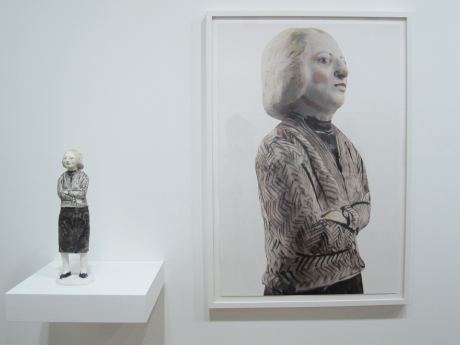
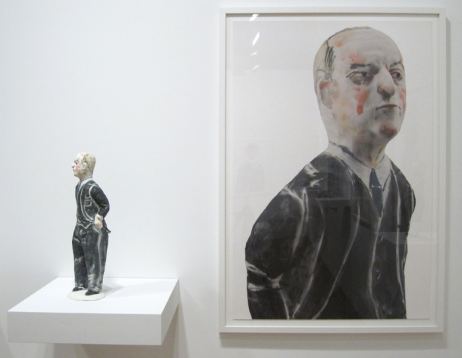 Through Dec. 19.
Through Dec. 19.



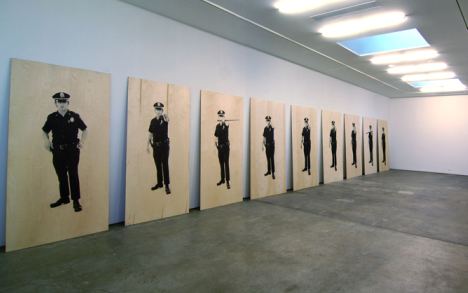
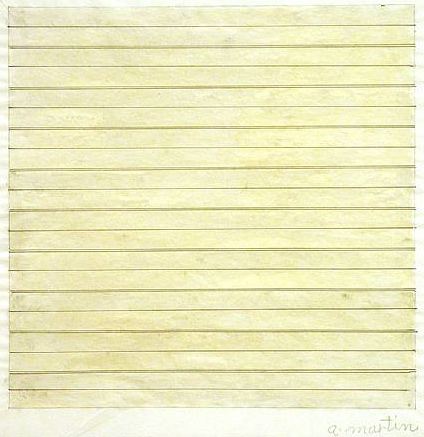
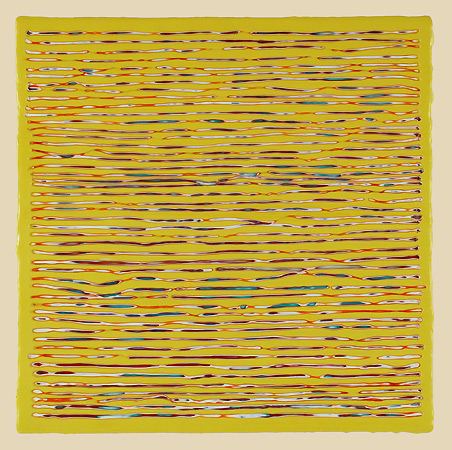
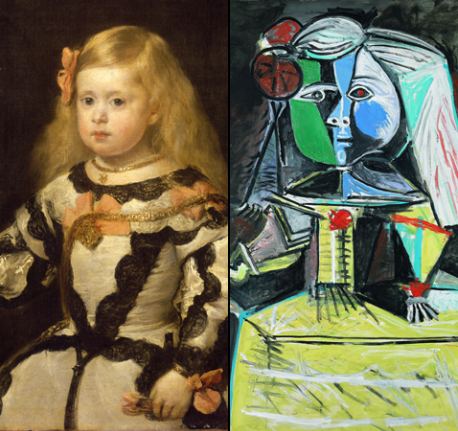
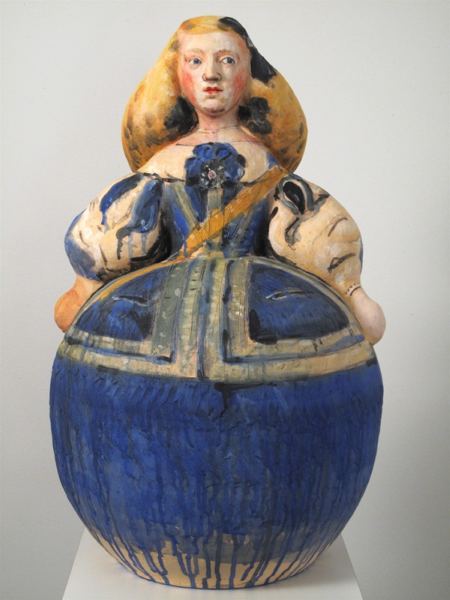
 From
From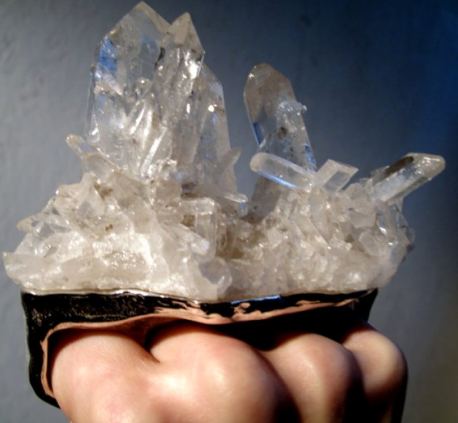 On Facebook,
On Facebook, 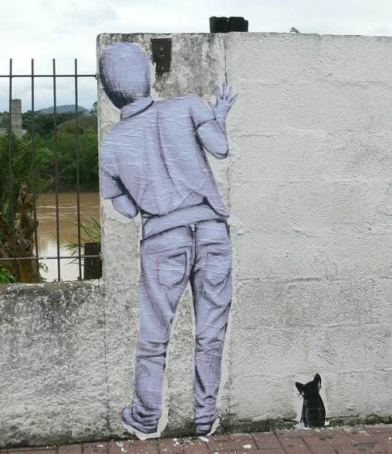
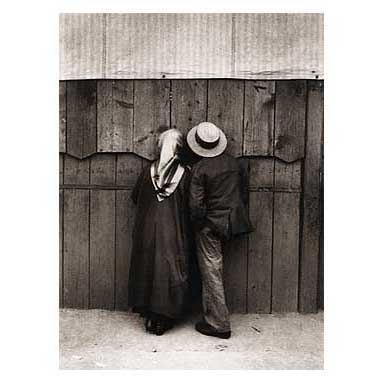
 I’m not sure if the piece passed the Woody Allen test. Allen hates lawns too. Nevertheless, Kelly continues to define her position. From 2009, No Tofu, No Yoga Matt.
I’m not sure if the piece passed the Woody Allen test. Allen hates lawns too. Nevertheless, Kelly continues to define her position. From 2009, No Tofu, No Yoga Matt.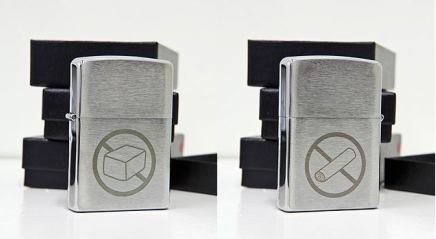
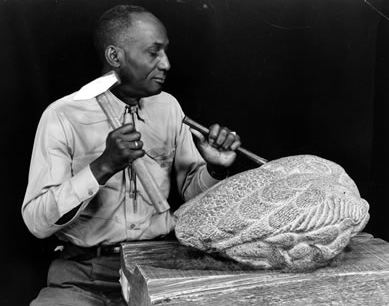 A survey of smaller sculptures is at
A survey of smaller sculptures is at 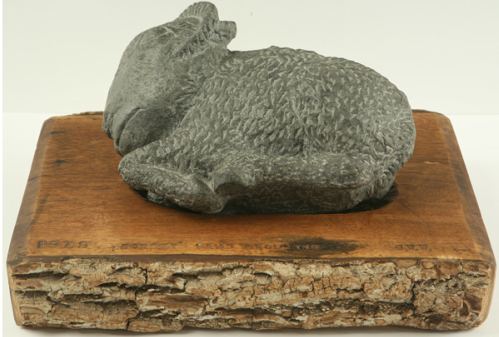 Washington was 91 when he died in 2000, having proved to be a fiercer artist in his old age than in his youth. In his 80s, his work became bigger and more brilliantly festooned. In places he painted his stones with colored encaustic and set his symbols of ancient life flowing across the surface, as if the stone were supple and easily yielding to his chisel.
Washington was 91 when he died in 2000, having proved to be a fiercer artist in his old age than in his youth. In his 80s, his work became bigger and more brilliantly festooned. In places he painted his stones with colored encaustic and set his symbols of ancient life flowing across the surface, as if the stone were supple and easily yielding to his chisel. 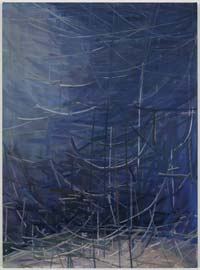 Her
Her 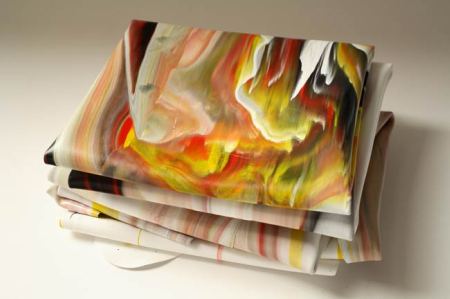
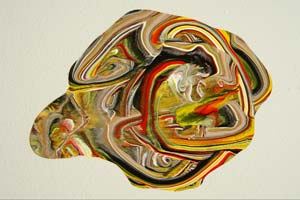
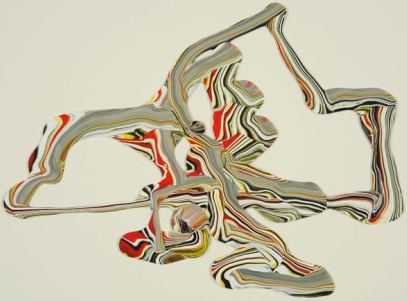
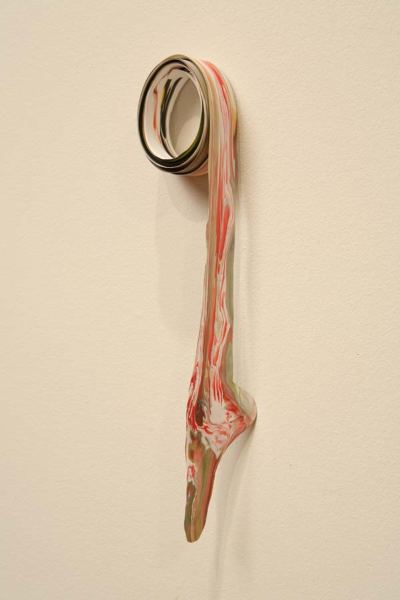
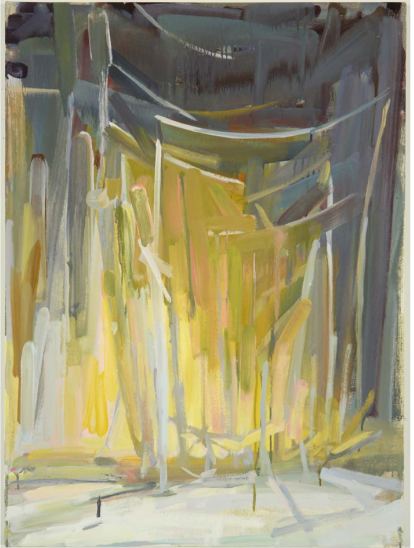 At Greg Kucera through Dec. 24.
At Greg Kucera through Dec. 24.